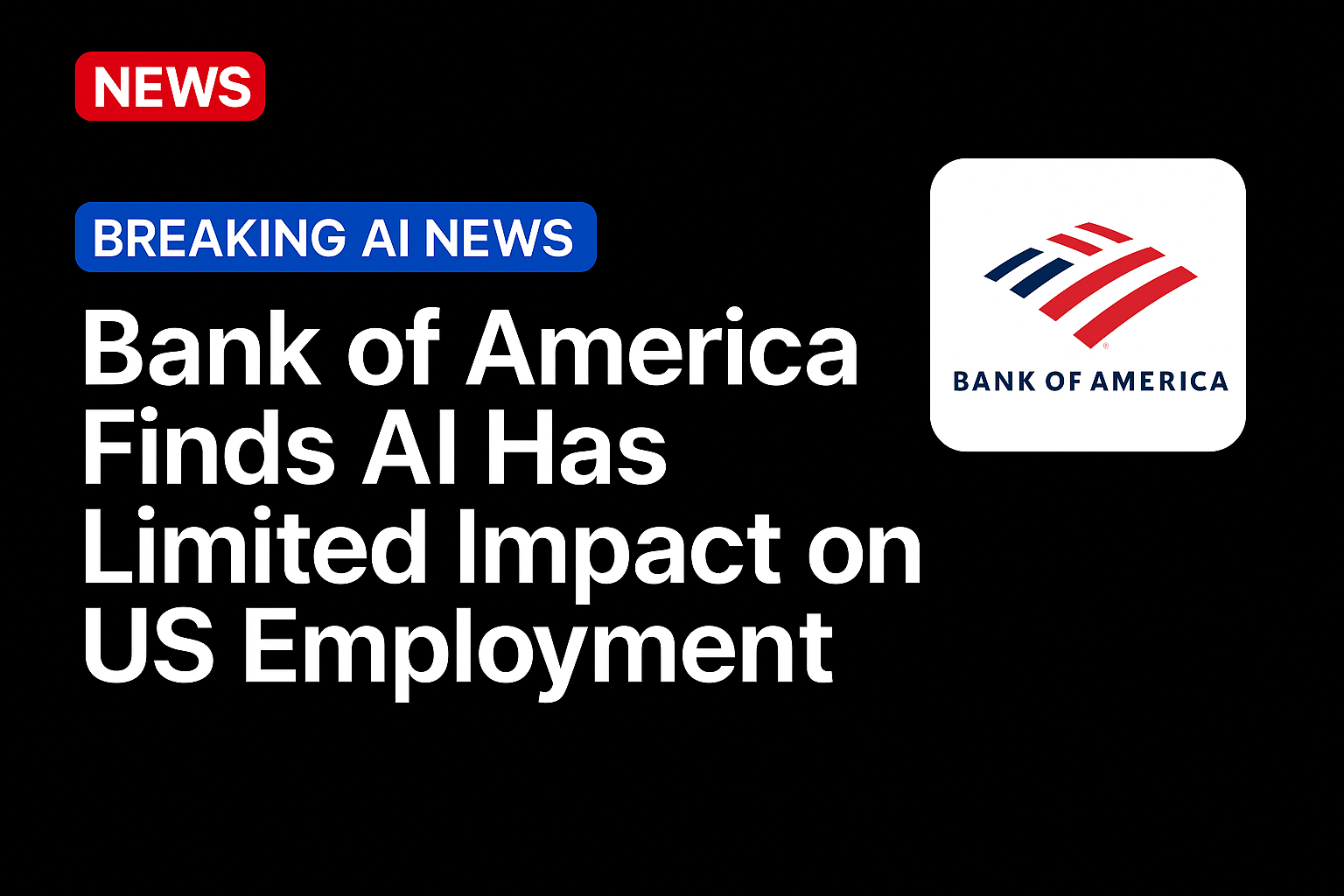A recent report from Israel’s Kan News, based on an investigation by The New York Times, offers a revealing look into how deeply artificial intelligence (AI) has been integrated into Israel Defense Forces (IDF) battlefield operations, particularly during the ongoing conflict with Hamas terrorists in Gaza.
Drawing on conversations with American and Israeli security officials, the report highlights how the IDF increasingly relies on advanced AI systems and big data analysis to carry out precision strikes, minimize civilian casualties, and accelerate battlefield decision-making.
One noteworthy example occurred in late October 2023, when Israel carried out an airstrike in Jabaliya, resulting in the elimination of Ibrahim Bayari, a senior Hamas operative implicated in the Oct. 7 massacre. The operation was the culmination of an intricate intelligence process that relied heavily on intercepted phone calls between Bayari and other Hamas leaders.
Although Israeli intelligence initially struggled to determine Bayari’s exact location, the recordings were fed into an AI system capable of analyzing background noises within the conversations, such as explosions and aerial strikes. Using extensive data cross-referencing, the AI identified Bayari’s estimated location, setting the stage for the deadly strike that caused significant damage in the area.
On Sunday, officials emphasized that fighting a modern war, especially one aimed at minimizing civilian casualties without the assistance of AI, is virtually impossible. As one expert noted, medical surgeries a hundred years ago were performed with crude tools like hammers and chisels; no one today would trust a hospital still operating under such methods. Likewise, the battlefield demands surgical precision, and AI enables exactly that level of operational accuracy.
According to the investigation, AI tools also assist the IDF in other critical areas, including the identification of hostages, facial recognition from surveillance cameras deployed across Gaza, and monitoring the massive flow of information on Arabic-language social media platforms.
Systems modeled after technologies like GPT are used to parse, categorize, and analyze online traffic, providing further actionable intelligence. Additionally, an AI tool known as “Lavender” has reportedly aided the IDF in identifying and flagging tens of thousands of potential targets based on big data analysis.
Much of this cutting-edge work is led by the IDF’s elite intelligence Unit 8200, which has established an innovation center known as “The Studio.” Here, some of Israel’s brightest talents – both active-duty soldiers and reservists, including employees of major tech companies like Google, Microsoft, and Meta – develop and refine AI systems for military use.
These tools enable highly focused operations that significantly minimize what the military terms “collateral damage” – harm to uninvolved civilians. Analysts point out that the proportion of civilian casualties in Gaza is notably lower than in other recent conflict zones such as Ukraine or Afghanistan.
In response to The New York Times investigation, the IDF reiterated Israel’s commitment to the legal and responsible use of technological tools. While Google acknowledged employing reservists who serve in various militaries worldwide, it emphasized that their military activities are unrelated to their civilian work. Meta and Microsoft declined to comment.
Source: https://allisrael.com





